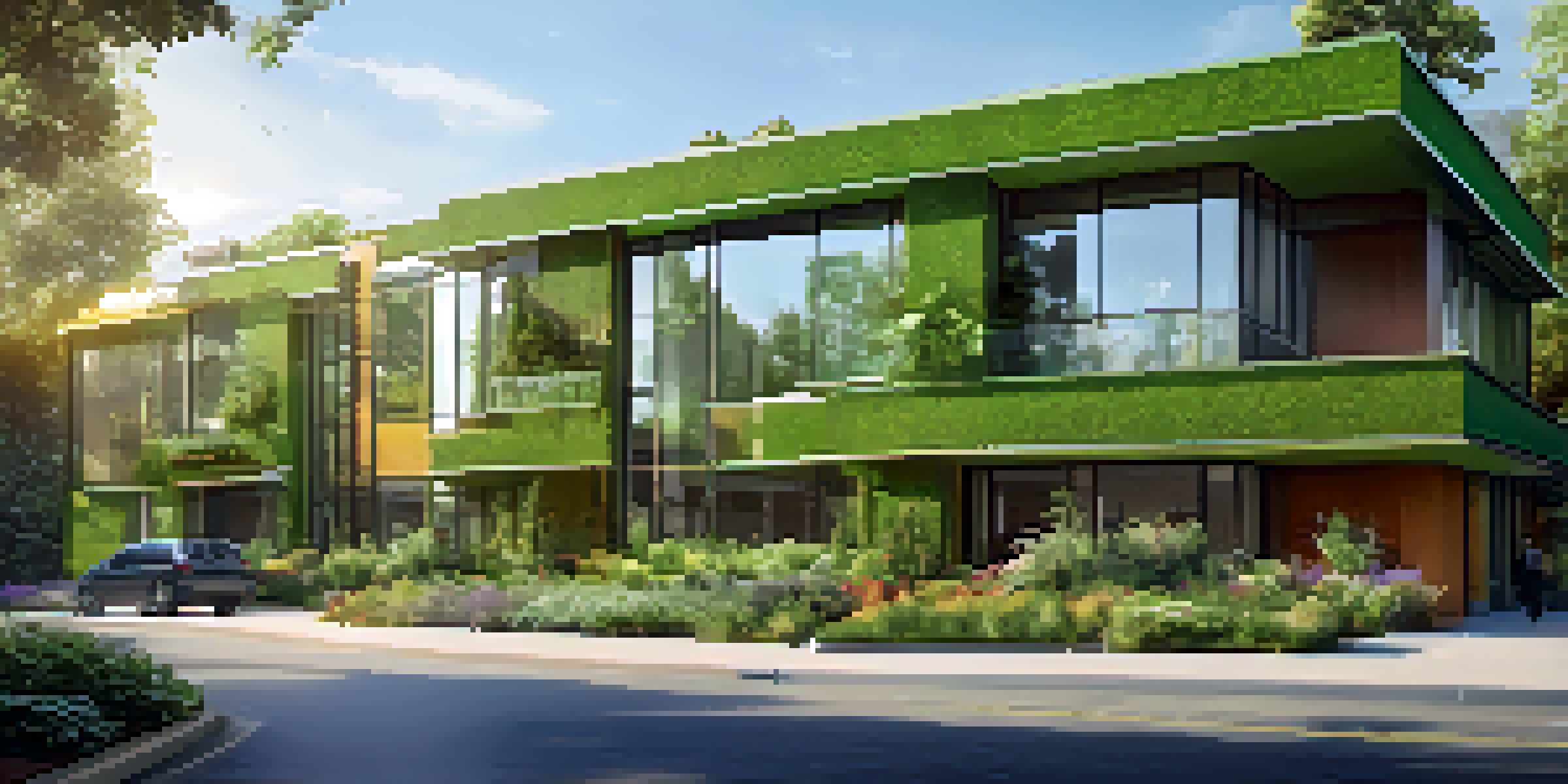Top 10 Green Building Certifications for Sustainable Projects

Understanding Green Building Certifications
Green building certifications serve as a standard for sustainable construction, ensuring that projects are environmentally responsible. These certifications assess various aspects of building design, construction, and operation, promoting energy efficiency, water conservation, and sustainable materials. By obtaining a certification, builders and developers can demonstrate their commitment to sustainability and attract environmentally-conscious clients.
LEED: The Pioneer of Green Certifications
The Leadership in Energy and Environmental Design (LEED) certification is one of the most recognized green building standards worldwide. Developed by the U.S. Green Building Council, it focuses on sustainable site development, water savings, energy efficiency, and indoor environmental quality. Achieving LEED certification not only enhances a building's sustainability credentials but can also increase property value and reduce operating costs.
Green Certifications Promote Sustainability
Green building certifications set standards for sustainable construction, helping builders showcase their commitment to environmental responsibility.
BREEAM: Leading the Way in Europe
The Building Research Establishment Environmental Assessment Method (BREEAM) is a widely adopted green building certification in Europe. It evaluates the environmental performance of buildings across various categories, including energy, health, and innovation. BREEAM-certified buildings are recognized for their lower carbon footprint and improved occupant health, making them a popular choice among developers.
Green Globes: A Flexible Approach to Sustainability
Green Globes offers a more flexible and user-friendly certification process for sustainable building projects. This certification system allows for a tailored assessment based on the specific needs of a project, making it accessible for various types of buildings. With a focus on reducing energy use and enhancing indoor environments, Green Globes is gaining traction, particularly in North America.
LEED and BREEAM Lead the Way
LEED and BREEAM are two of the most recognized green building certifications, focusing on energy efficiency and environmental performance across various regions.
Energy Star: For Energy Efficiency
Energy Star certification is essential for buildings aiming to improve energy efficiency and reduce greenhouse gas emissions. Managed by the U.S. Environmental Protection Agency, this program identifies top-performing buildings based on their energy consumption. By achieving Energy Star certification, properties can showcase their commitment to sustainability while benefiting from lower energy costs.
Living Building Challenge: The Ultimate Green Standard
The Living Building Challenge (LBC) sets the bar high for sustainable architecture by demanding that buildings operate as cleanly and efficiently as nature. This certification encompasses seven performance areas, including energy, water, and materials, requiring projects to achieve net-positive energy and water use. While challenging, LBC-certified buildings serve as inspirational examples of what true sustainability can look like.
WELL and SITES Focus on Health
WELL Building Standard and SITES certification emphasize occupant health and sustainable landscapes, promoting eco-friendly practices and improved well-being.
WELL Building Standard: Focusing on Occupant Health
The WELL Building Standard emphasizes the health and well-being of the people inside buildings. This certification takes a holistic approach, addressing air quality, lighting, thermal comfort, and even nutrition. By prioritizing occupant health, WELL-certified spaces not only enhance productivity but also contribute to a more sustainable environment through improved design practices.
SITES Certification: For Sustainable Landscapes
SITES certification focuses on sustainable landscape design and development, promoting eco-friendly practices in outdoor spaces. This certification assesses how landscapes can contribute to environmental health and community well-being. By integrating natural systems into urban settings, SITES-certified projects enhance biodiversity while creating resilient and beautiful spaces.